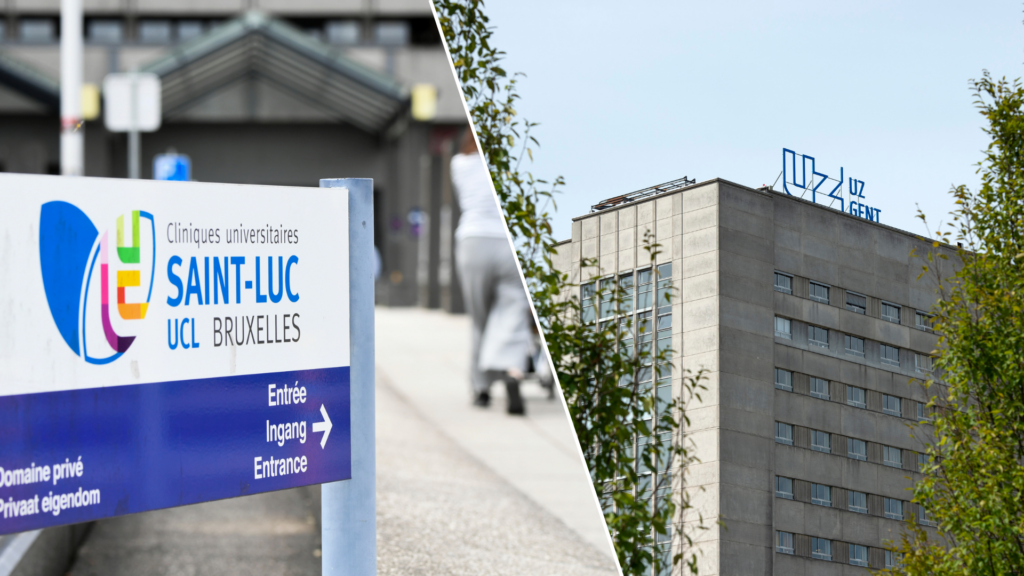A new technology to treat epilepsy was successfully implanted in two patients for the first time in the world by two Belgian university hospitals, UZ Ghent and Saint-Luc, the medical facilities reported in a press release on Monday.
Epilepsy is a neurological condition characterised by recurring seizures. It affects around 50 million people in the world, according to the World Health Organization (WHO).
Although most cases can be managed with anti-seizure medications, this is not possible for about 30% of people, according to Saint-Luc. For those people, the neurostimulation of the new treatment is a "major step forward", says UZ Ghent neurologist Kristl Vonck.
The NAO.VNS system is based on optoelectronic technology. It involves a pulse generator and electrodes that surround the vagus nerve, which is responsible for nerve connections to multiple structures of the brain, including those involved in epilepsy. The currents which travel via the vagus nerve can help address epilepsy by reducing or stopping their occurrence within a few months, according to Vonck.
In addition to having a relatively fast charging system and improved cybersecurity, Vonck highlights that the system's reduced use of metal components allows patients to undergo MRI examinations. This is crucial to "personalise and improve neurostimulation procedures," added Saint-Luc neurologist Riëm El Tahry.
The new system was implemented as part of the AURORA study by the medical technology manufacturer Synergia Medical. According to CEO and co-founder Attila Borbáth, the system could facilitate the precision of future treatments and minimise the invasion of medical procedures for patients.
The safety of the new treatment system will be monitored over the next two years by Synergia Medical.

